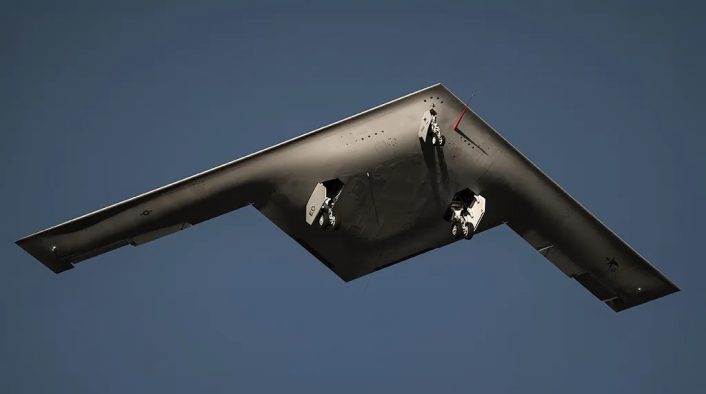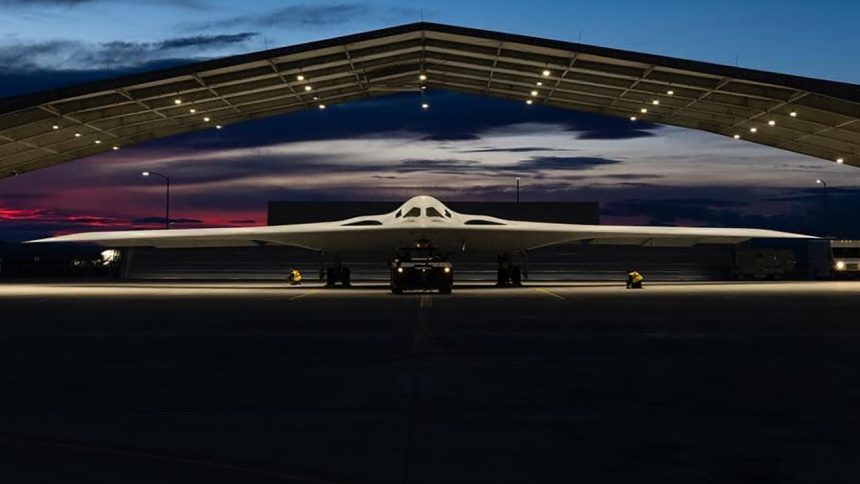The advanced bomber is on track to meet the Average Procurement Unit Cost of $550 million, however things could change for future production lots.
The B-21 Raider program might get costlier after the first five LRIP (Low-Rate Initial Production) lots, according to a statement by the manufacturer Northrop Grumman. These five lots, which include a total of 21 aircraft, are being procured at a fixed price as per the contract signed in 2015, with the defense aerospace giant accepting to absorb a $1.56 billion loss.
The company and the U.S. Government have now established, after negotiations, a not-to-exceed pricing for additional 19 aircraft, which appears likely to go up. In fact, the statement mentioned “The average not to exceed value for the subsequent lots is above the average unit price of the five LRIP lots.”
“B-21 remains on track to meet its key performance parameter for an Average Procurement Unit Cost (APUC) of $550 million in Base Year 2010 dollars,” Northrop’s statement added. When the first B-21 was unveiled to the public in Dec. 2022, the Air Force stated it expected average unit procurement cost of $692 million adjusted to 2022 dollars.
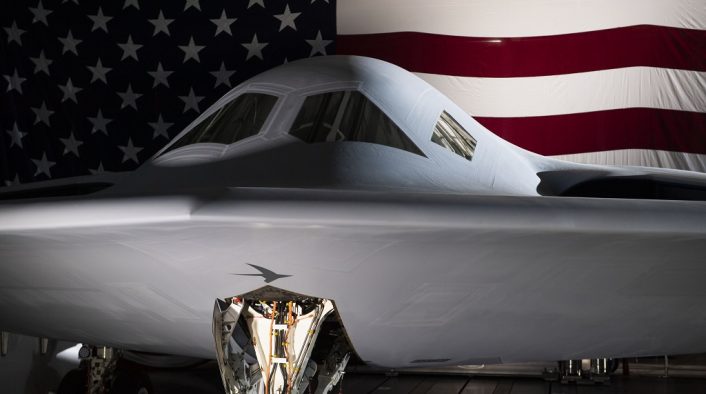
Earlier this year, Air Force Secretary Frank Kendall said during a Senate Appropriations subcommittee hearing that the unit cost of the B-21 is decreasing following negotiations with Northrop Grumman. The current unit costs of the bomber were not disclosed due to its classified nature, however, the procurement budget for the B-21 in FY2025 was adjusted to reflect positive negotiations regarding low-rate initial production prices.
CEO Kathy Warden had previously said they “lacked a mature design” when they bid for the Raider in 2015, a mistake they won’t repeat again. On Jan. 22, Under Secretary of Defense for Acquisition and Sustainment William LaPlante said Northrop received the contract for the LRIP in the fall of 2023, just after the maiden flight.
First ever B-21 raider air to air photo pic.twitter.com/Mkf03vgpBe
— Fighterman_FFRC (@Fighterman_FFRC) May 23, 2024
The U.S. Air Force’s dilemma
While the exact unit price today of the Raider is unknown, various reports estimate, taking into account current rates, that the price might have now gone over $700 million. Moreover, the USAF also reduced its budget projections to $2.7 billion for the Raider program for the fiscal year 2025 request, compared to the $4 billion from last year.
The overall situation therefore puts the Air Force in a dilemma, as it planned to have a fleet of 100 B-21s to spread out and reduce the costs. Given the current trends, the price might increase regardless, potentially leading to a reduction of the subsequent orders and a smaller fleet.
Secretary Kendall clarified that neither the program’s quantities nor scope were altered for the FY2025 budget, however, given the program’s high level of secrecy and classification, we don’t know the Air Force’s plans after the first 40 aircraft. Meanwhile the service is continuing to work on the test campaign and fielding of the new bomber.
On May 22, 2024, the USAF released the first official photograph of the B-21 Raider in flight as part of a “package” of three images and a press release that provided an update about the testing campaign of the 6th generation bomber. This was followed by another photo, released on May 23 by Northrop Grumman.
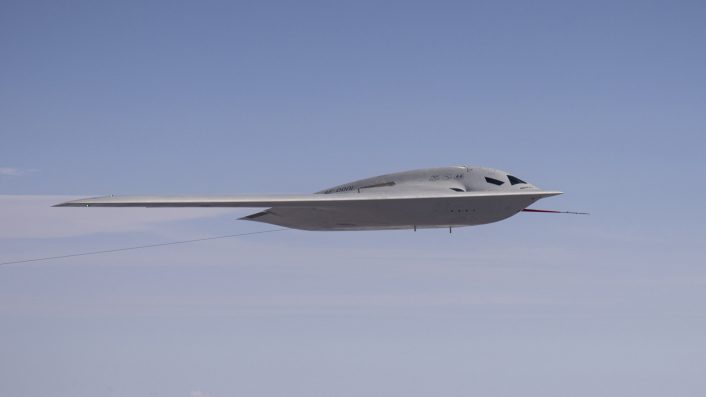
Why do the United States need more Raiders?
The advanced bomber is needed in large numbers for a possible high-end fight with China, and possibly Russia, given its stated ability to break through integrated air defense networks using a combination stealth and electronic attack sensors and launch air-to-ground munitions on large strategic targets.
A large fleet also offers redundancy in case of initial losses or a decent number of aircraft availability accounting for maintenance and repairs, that would otherwise curtail USAF’s short and long-term operational plans. Budget delays, however, might hamper these plans, a problem which China doesn’t have, as mentioned Kendall when he said the US are facing for the first time in the modern era a competitor with national purchasing power that exceeds the United States’.
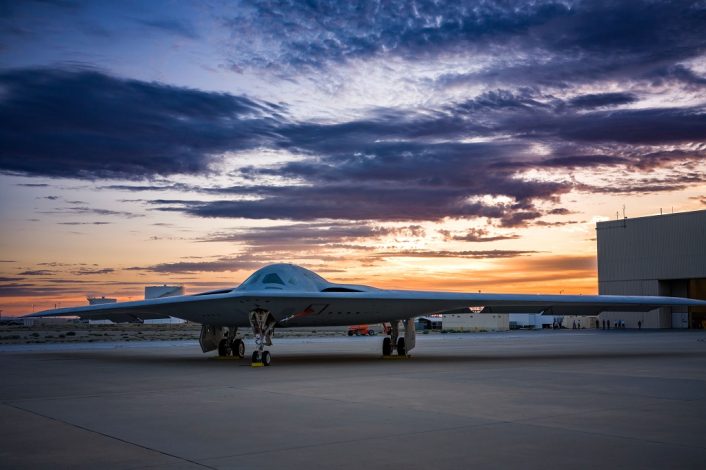
A larger fleet could also allow to refine tactics with larger numbers and possibly even upgrade the Raider’s systems and software and put it back into the fight without suffering decreases in the fleet’s capabilities. Northrop’s stated digital twin and advanced manufacturing approach during the aircraft’s development suggests this very thinking.
“Digital engineering tools allow to mitigate production risk and enable modern sustainment practices.” Thanks to advanced manufacturing the company has introduced “augmented reality tools allowing technicians to visualize tasks and solve problems before ever touching the plane, easing integration of parts.”
This capability could particularly come in handy in the event a war escalates and lasts longer than foreseen. As the war in Ukraine and the situation in Taiwan have shown, a large military backed by a stable defense industrial base that can keep manufacturing both capital and small weapons can decide a conventional war’s strategic outcomes.
